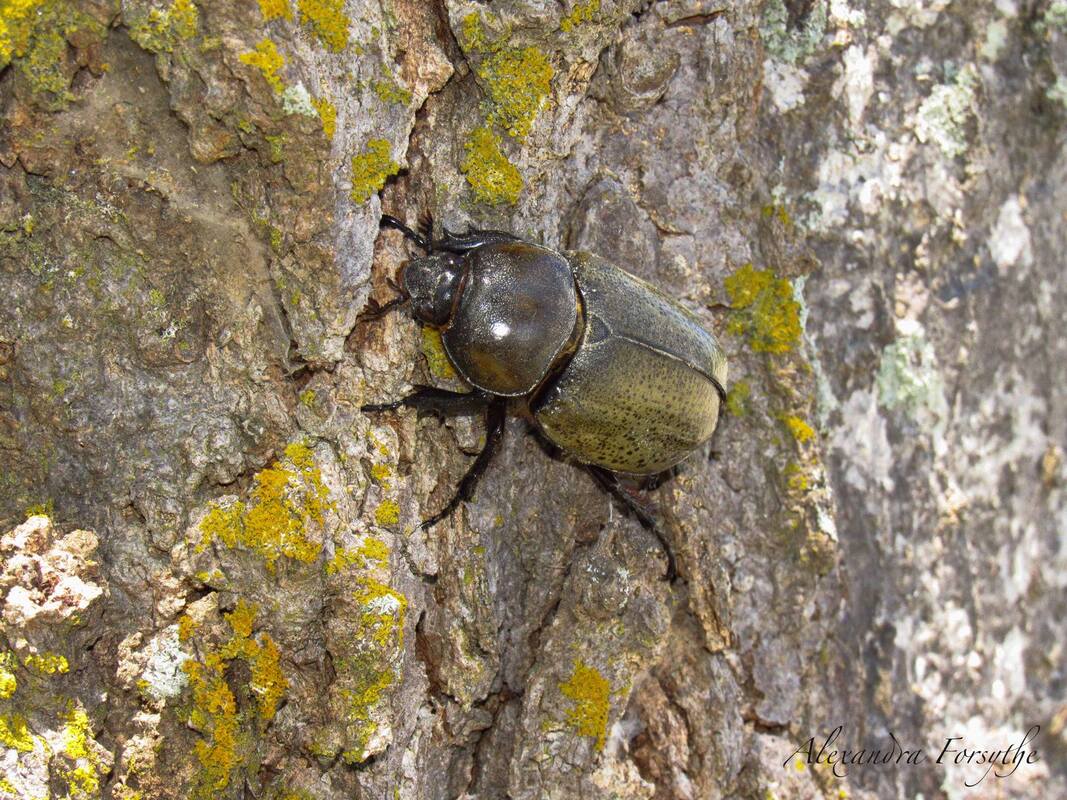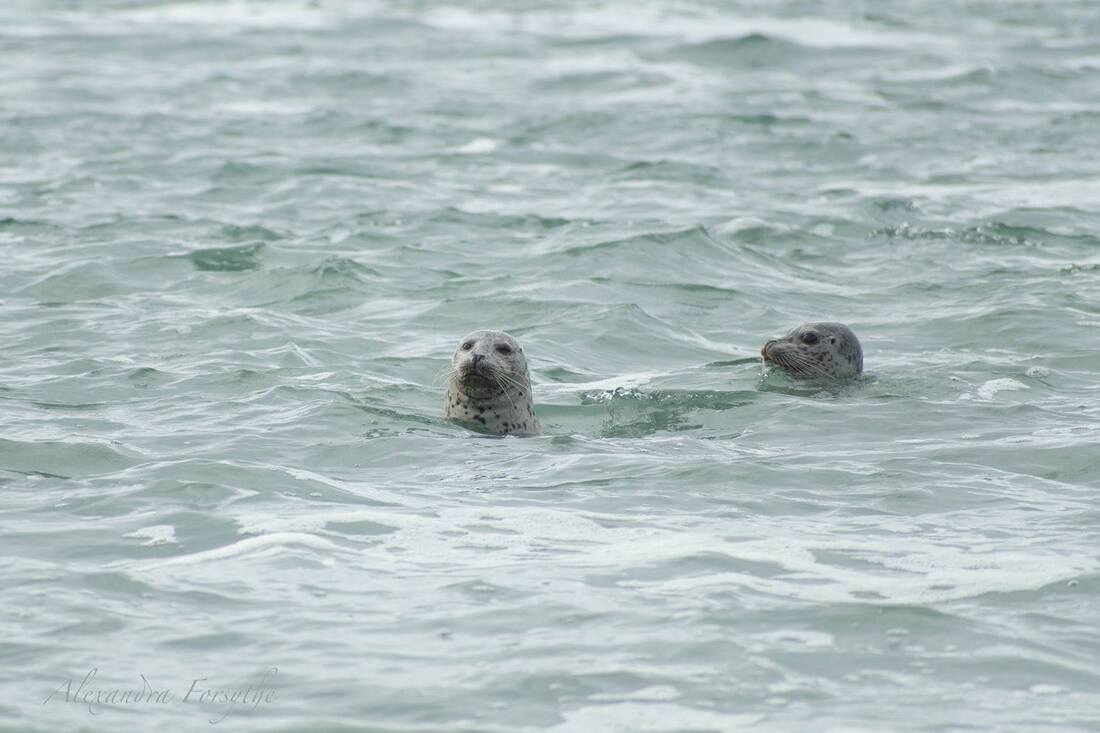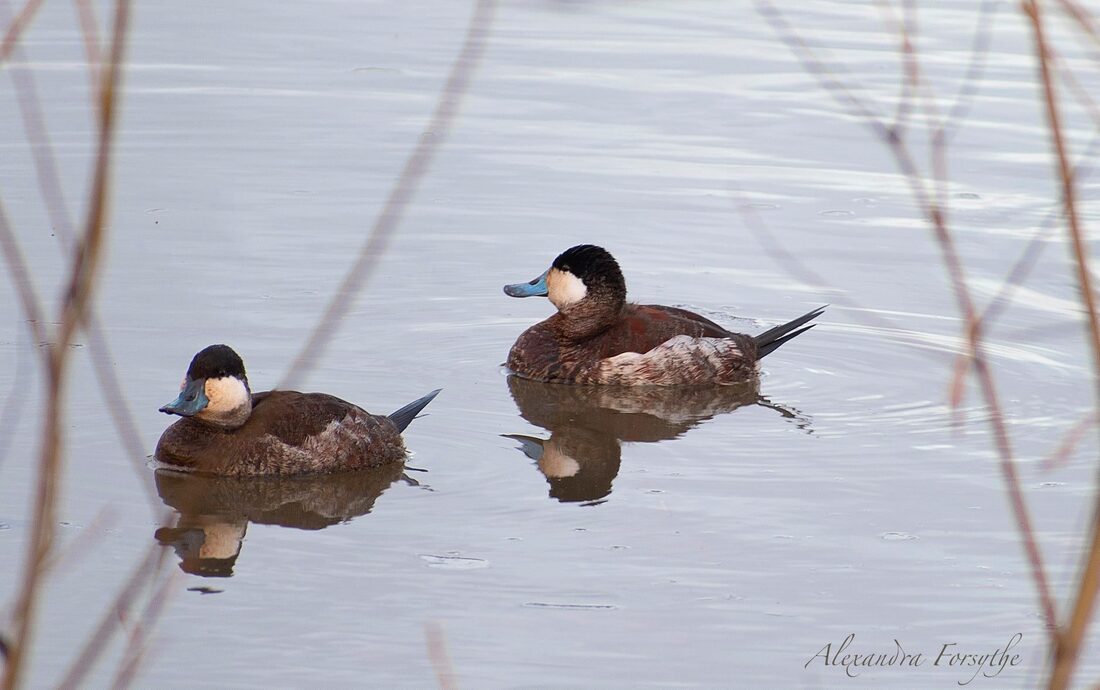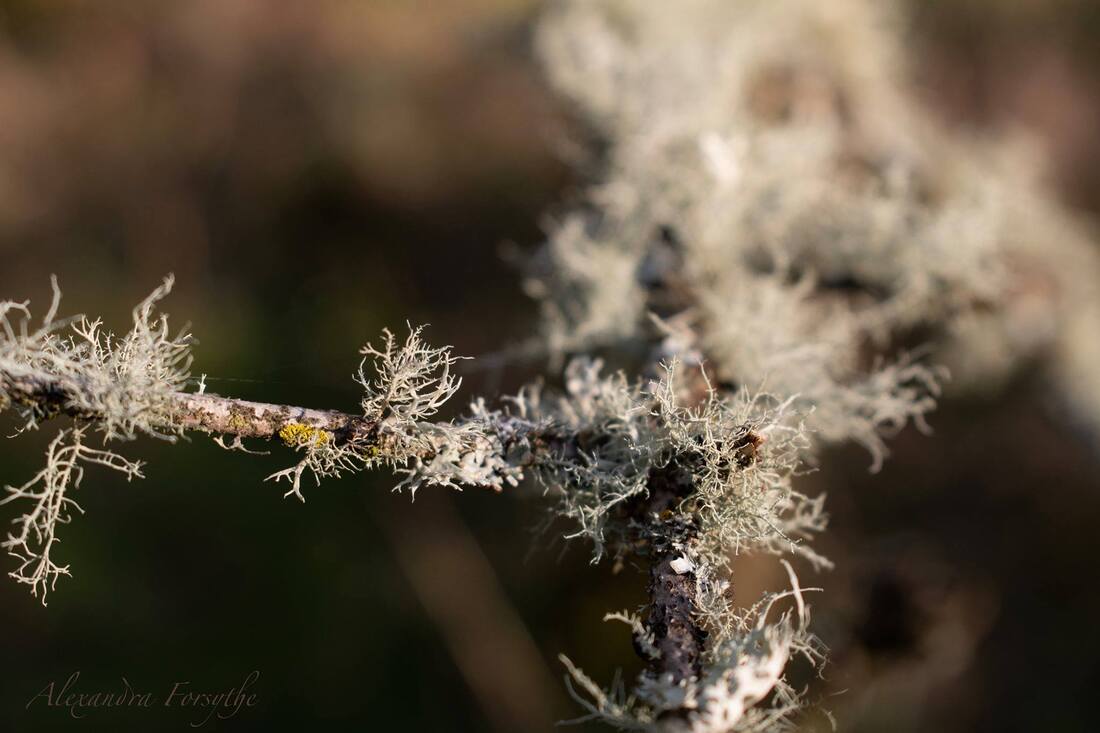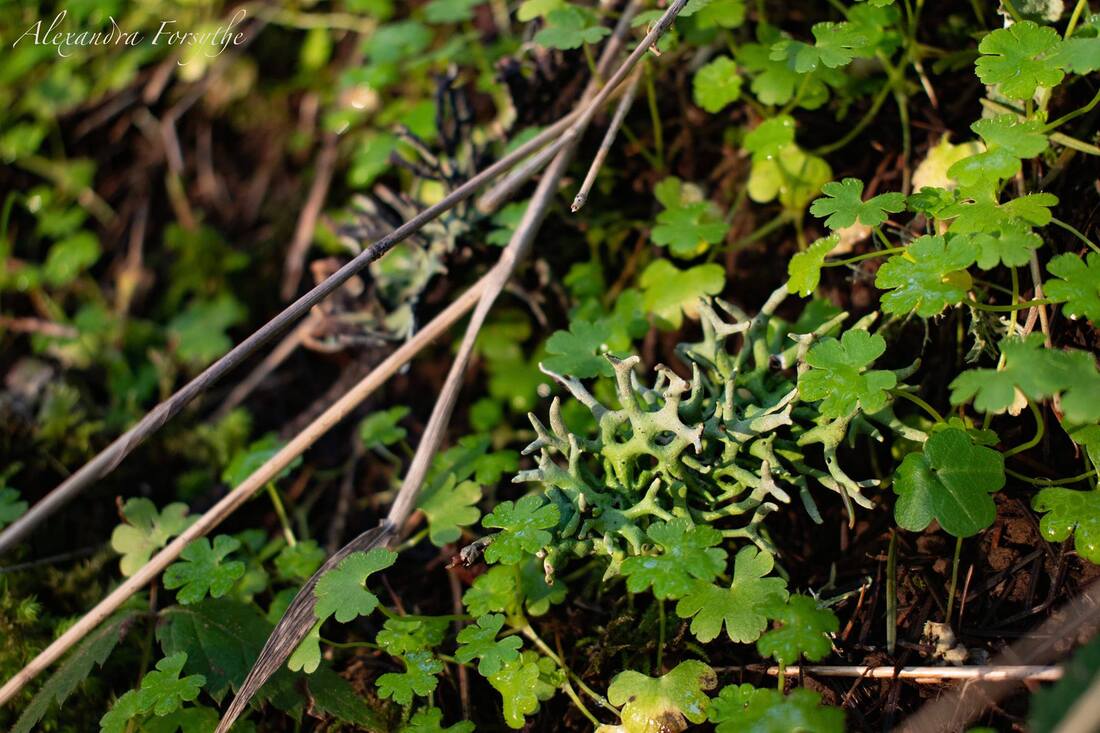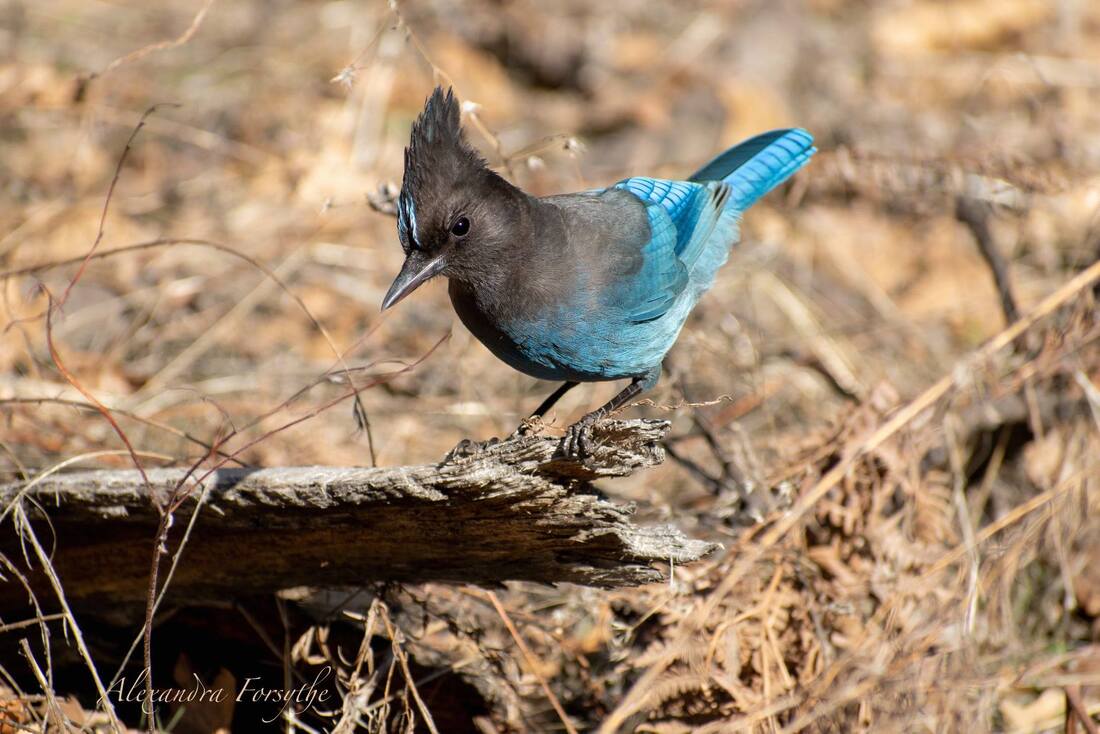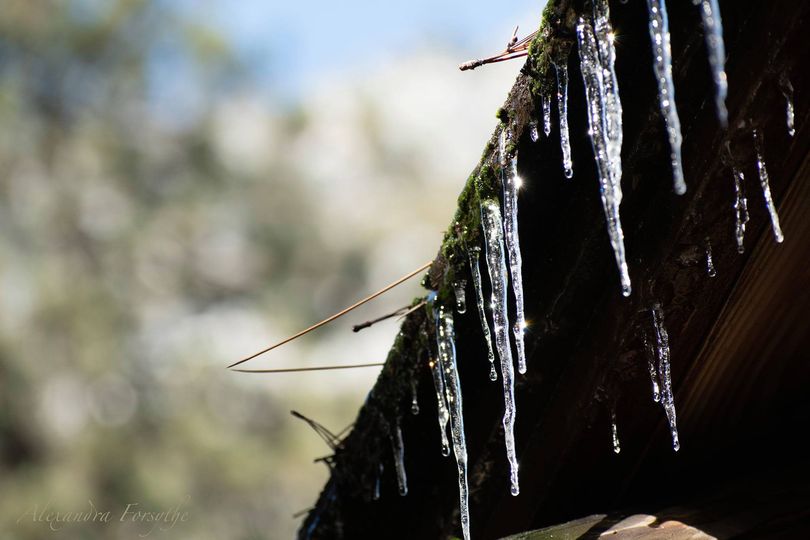“I’m a damsel, I’m in distress, I can handle this. Have a nice day.” — Megara in "Hercules"
This is a female Hercules Beetle that I encountered while living on the East Coast. I also had a male Hercules as a pet for over a year. He was part of an insect show, and at the end of the show they were going to destroy all of the insects. You know I couldn't let that happen! I brought Herky and several other members of that show home with me. Yes, I named the Hercules Beetle "Herky". No, it wasn't very imaginative. I'm open to suggestions, in case I ever adopt another one.
The massive Hercules is one of the largest insects in the United States. Named after Hercules in Roman mythology, it is quite strong. The males have two horn-like pincers, leading to the Rhinoceros Beetle moniker. They can be found in hardwood forests in the eastern U.S. where they dine on sap. They may look scary, but they're completely harmless (unless you're a tree filled with sap, or a sap). 😆
This is a female Hercules Beetle that I encountered while living on the East Coast. I also had a male Hercules as a pet for over a year. He was part of an insect show, and at the end of the show they were going to destroy all of the insects. You know I couldn't let that happen! I brought Herky and several other members of that show home with me. Yes, I named the Hercules Beetle "Herky". No, it wasn't very imaginative. I'm open to suggestions, in case I ever adopt another one.
The massive Hercules is one of the largest insects in the United States. Named after Hercules in Roman mythology, it is quite strong. The males have two horn-like pincers, leading to the Rhinoceros Beetle moniker. They can be found in hardwood forests in the eastern U.S. where they dine on sap. They may look scary, but they're completely harmless (unless you're a tree filled with sap, or a sap). 😆
